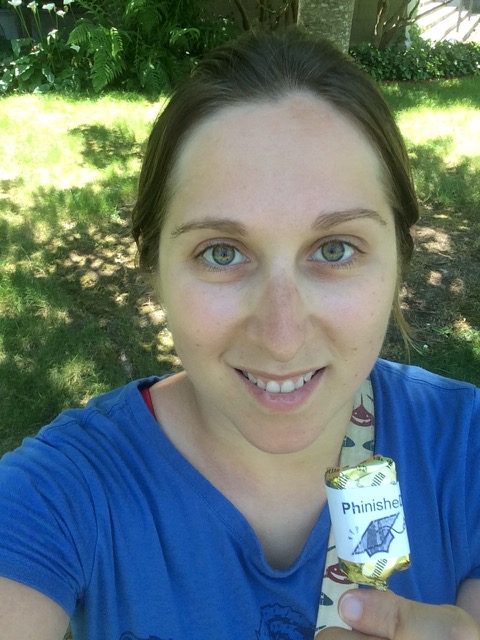While my previous post, grumpy as it was, is true, I left out some important things. If you find yourself in the possession of a baby bird, the best thing you can do is to get it to a licensed wildlife rehabilitator. There are a few cases, however, where this may not be possible. Some rehabbers don’t accept invasive species (pigeons, Common Starlings, House Sparrows) or domestic species (e.g. domestic ducks). Some places don’t have a wildlife rehabber anywhere nearby (although do check—you might be surprised!).
If you’re in this situation, the internet is your friend. You can find recipes for nestling bird diets and instructions on care posted by people who care for those invasive species. Don’t just try to go with your gut: your intuition is mammal-based, and will mislead you. Search for reputable-seeming internet sources, and ideally find ones where you can contact the people to get detailed advice. There is a community of starling-keepers out there who may be able to help (especially if you’ve found a starling; unfortunately, bird species do differ in the care of their babies).
The most important thing is do not try to force-feed your bird water. Birds have an opening in their throat that leads to their lungs, and it is incredibly easy to drown them. Put the bird somewhere dark and warm and do your internet research before trying to do anything else with the bird.
Also, if you do an internet search on my name, you will find my email address. I am not a licensed rehabber and am definitely not the best person you could contact, but I’d certainly prefer to be asked how to keep the bird alive, rather than asked why it died.

 The small amount of field work I did this year took place much earlier than my usual field work because I was sampling juncos at a much lower elevation. Down here, the juncos are breeding in mid-March. Up at my usual sites, they wait until late May. That early start happened to be convenient for me, since I needed to analyze any data I got in time to file my dissertation in mid-May.
The small amount of field work I did this year took place much earlier than my usual field work because I was sampling juncos at a much lower elevation. Down here, the juncos are breeding in mid-March. Up at my usual sites, they wait until late May. That early start happened to be convenient for me, since I needed to analyze any data I got in time to file my dissertation in mid-May.

